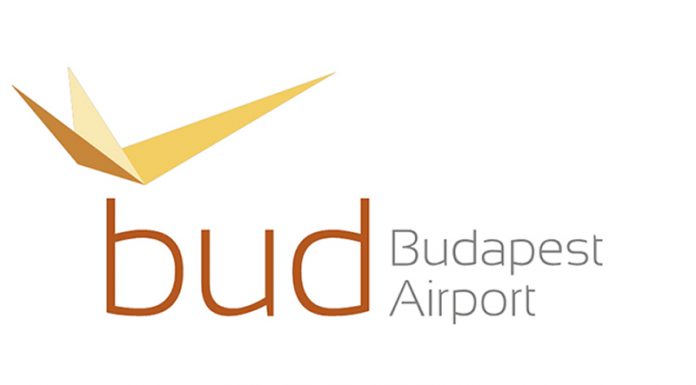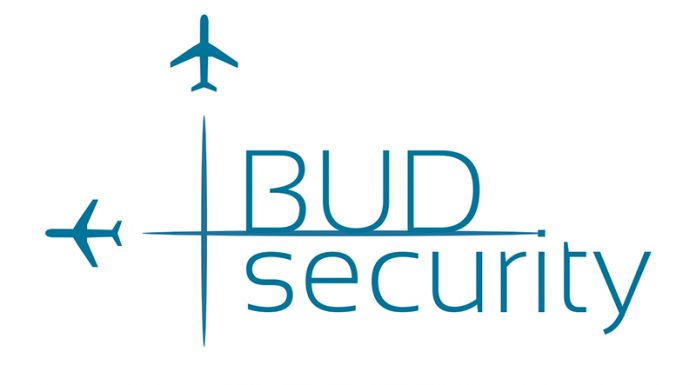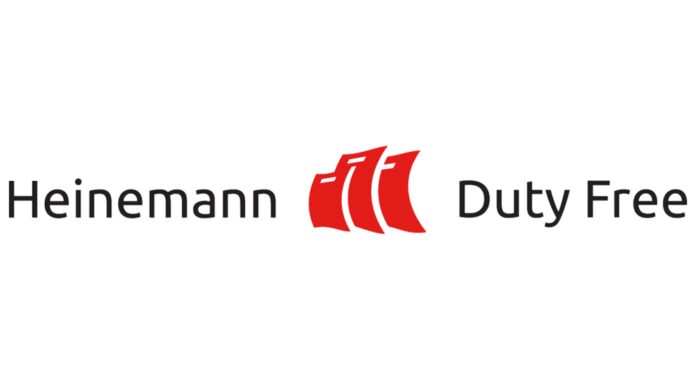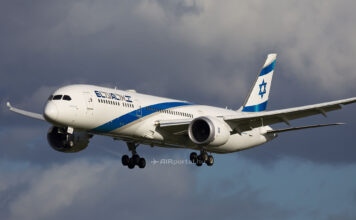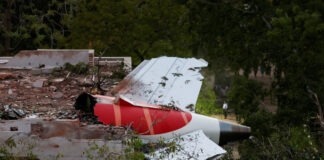az Emirates elnök-vezérigazgatója
Az állami tulajdonú Emirates igen jelentős, 76%-os profitcsökkenést kénytelen elszenvedni a gazdasági világválság okozta folyamatok következtében. A világ egyik leggyorsabban fejlődő légitársasága azonban még így is nyereséges, ugyanis 225 millió dolláros profitot tudhat maga mögött az elmúlt, március 31.óta tartó üzleti félévében. Ugyanakkor a világ jelenlegi legnagyobb Airbus A380-as és Boeing 777-es flottájával rendelkező légicég további 10 új repülőgéppel bővítette gépparkját, amely jelenleg összesen 161 repülőgépből áll. A következő üzleti félévben pedig újabb 13 darab repülőgépet fog forgalomba állítani az Egyesült Arab Emírségek nemzeti légitársasága.
Az Emirates hivatalos közleménye további részletekkel:
• Passenger revenue up 18%
• Seat factor remains above 79%
• More than 3,400 new staff joined
• Cash position strong with current balance of Dhs 13.8 billion
Emirates airline produced a net profit of Dhs 827 million (US$ 225 million), for the first six months of its current financial year ending 30th September 2011. The airline continues to be the fastest growing airline in the world and continues to make a profit despite unstable global economic, geopolitical and environmental conditions.
Emirates remains on its strong growth trajectory which over the past seven years has seen the airline grow from a fleet of 60 aircraft, in 2004, to its current 161 wide-bodied aircraft including, the largest fleet of A380s with 17 and the largest fleet of Boeing 777s with 93. In addition, the company’s revenue has increased steadily by 20 per cent per annum over the same time period resulting in a record 23 years of profitability, unmatched by any other airline.
Since 2004, when Emirates acquired its first long-haul wide-body aircraft, allowing for much broader global expansion, the airline has opened 39 new outstations and now flies to 115 destinations in 67 countries. Emirates continues to expand its global footprint, having launched Geneva, Copenhagen and St. Petersburg since April 2011 and will continue with eight additional new route launches including Baghdad on 13 November and Rio de Janeiro, Buenos Aires, Harare, Lusaka, Dallas, Seattle and Dublin in early 2012.
“Emirates remained focused on its long-term strategy despite global instability, ever climbing fuel prices which resulted in Emirates paying US$ 1 billion more in fuel costs over the same period last year and fluctuating exchange rates,” said HH Sheikh Ahmed bin Saeed Al-Maktoum, Chairman and Chief Executive, Emirates airline and Group. “The global challenges of the past six months have again put Emirates to the test, and once again we have risen to the challenge and continue to maintain our high standards of product and services.”
“Emirates’ latest half-year performance is testament to the airline’s strong business foundations and tenacity to stay on course and continue to grow despite the unsteady marketplace,” he added. “We have continued to invest in our eco-efficient aircraft fleet; in strengthening our global route network; and also in supporting the infrastructure for our growing business and it continues to pay off.”
Emirates Boeing 777-300ER (Fotó: Kovács Gábor Dödi – Jetphotos.net)
In the first-half of its financial year 2011-12, Emirates posted strong business growth, both in terms of capacity on offer and traffic carried, performance that has been in stark contrast to the current trend seen across the aviation industry. Capacity measured in Available Seat Kilometres (ASKM), grew by 8.2%, whilst passenger traffic carried measured in Revenue Passenger Kilometres (RPKM) was up 5.7 per cent with Passenger Seat Factor sustained at a high level, averaging 79.3 per cent despite the growth in capacity, slightly below last year’s record for a six month reporting period of 81.2%. The volume of cargo uplifted was in line with last year.
Emirates revenue, including other operating income, of Dhs 30.3 billion (US$ 8.3 billion) was higher by 15 per cent compared with Dhs 26.4 billion (US$ 7.2 billion) recorded last year, largely reflecting improved passenger and cargo yields based on increased fuel prices.
Emirates’ cash position on 30th September remained strong with Dhs 13.8 billion (US$ 3.8 billion), compared to Dhs 14.0 billion (US$ 3.8 billion) on 31 March 2011. Maintaining this cash balance was achieved after settling capital outflows of more than Dhs 4 billion, primarily towards aircraft pre-delivery payments’, other aircraft assets and repayment of bond financing. During the first half, the airline has also successfully raised financing of US$ 1 billion through the issue of a new bond, as well as financing ten new aircraft deliveries, reflecting strong investor confidence in Emirates business model and financial performance.
Emirates’ current fleet size is 161 aircraft. Since the beginning of its current financial year, the airline has received delivery of ten new wide body aircraft, with another 13 new aircraft scheduled to be delivered before the end of the financial year (31 March 2012).
Forrás: Emirates (2011. november 3.)


